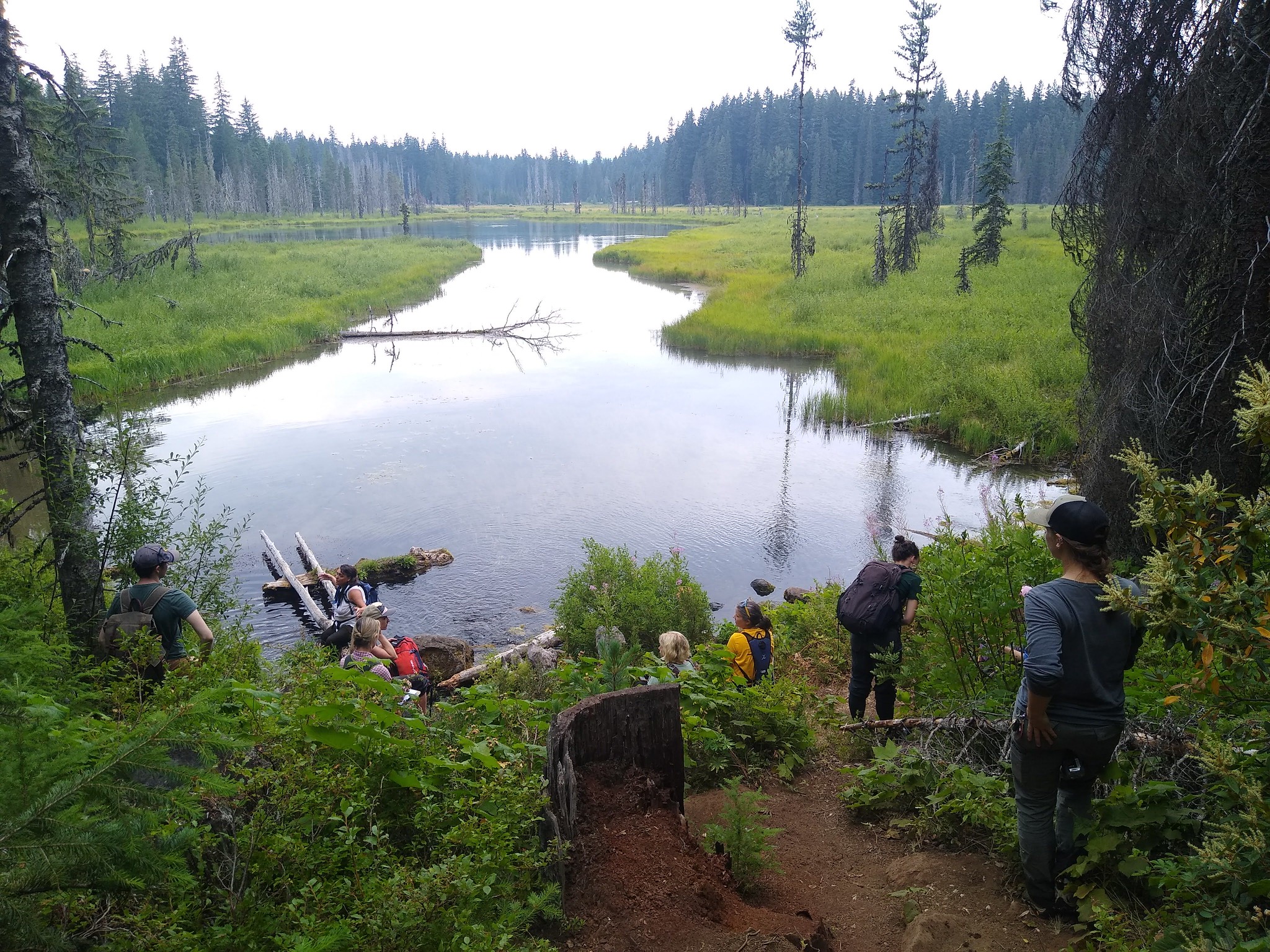Bark Alert: Wetland Protections Under Attack

| Dear Friend of the Forest (and wetland!), On May 25, 2023, the United States Supreme Court voted unanimously to drastically reduce protections for wetlands across the U.S. Under the Clean Water Act (CWA), wetlands are only protected if they are considered Waters of the United States (WOTUS), the definition of which has been changed many times since its inception. CWA protections have traditionally been expanded under Democratic presidents and been slashed under Republican presidents. Throughout its many iterations, the WOTUS definition has caused confusion, debate, and litigation at every turn. Currently, WOTUS includes “traditional navigable waters, interstate waters, wetlands adjacent to either traditional navigable waters or interstate waters, non-navigable tributaries to traditional navigable waters that are relatively permanent, meaning they contain water at least seasonally, [and] wetlands that directly abut relatively permanent waters.” In addition, WOTUS includes waters with a “significant nexus” or significant impact on traditional navigable water or interstate water. Most notably, WOTUS does NOT include distinct wetlands such as prairie potholes, ephemeral/seasonal wetlands, or many of the montane wetlands we regularly see on Mt. Hood. Michael and Chantell Sackett originally sued the EPA in 2004 after the EPA denied their request to fill areas of their property near Priest Lake, Idaho. First, the case went to the 9th Circuit court which ruled that the Sacketts property was indeed connected to Priest Lake via a “shallow subsurface flow”. The 9th Circuit stated that changes to the “soggy residential lot” had the ability to “”significantly affect the integrity of Priest Lake” and thus was protected under the CWA.2 Since then, the case has moved up to the Supreme Court where all 9 justices voted in favor of the Sacketts. Justice Alito stated, “We hold that the CWA [Clean Water Act] extends to only those wetlands with a continuous surface connection to bodies that are ‘waters of the United States’ in their own right, so that they are ‘indistinguishable’ from those waters”.3 |
| This decision dealt a blow to the many disconnected, ephemeral, and unmapped wetlands that make up nearly half the wetlands in the U.S. These same wetlands provide critical services for humans- water storage and filtration, natural fire breaks, shore stabilization, flood protection- and act as homes, nurseries, supermarkets, and refuges for our non-human kin. Wetlands can provide natural fire breaks, allowing myriad species to survive the fires that naturally grace our landscapes. They also provide a seed bank so that recovery happens more quickly, and rich biodiversity remains. Wetlands provide safe spaces for native and migratory species as well as ideal habitats for species specially evolved to thrive in unique wetland conditions. The list goes on. It is critical to protect these incredible ecosystems and a driving goal here at Bark. Being aware of, and proactively fighting against, these harmful changes in legislation is a crucial practice and a key aspect of protecting, defending, and restoring wetlands both on Mt. Hood and elsewhere. I encourage anyone in the Bark community to join us on a Wetland Mapping Verification field day, where we work with volunteers to map, and thus be able to protect these invaluable ecosystems. Our upcoming Wetland events: 6/9 Wetland Mapping Volunteer Day Help us categorize and “groundtruth” wetlands so that future protections may be put in place. Register here! 6/17 Wetland Mapping Training Learn scientific data collection techniques to help on future wetland mapping days. Register here! 7/1 Wetland Mapping Volunteer Day Register here! For the wetlands, Meg Waller (she/her) Field Crew Lead |